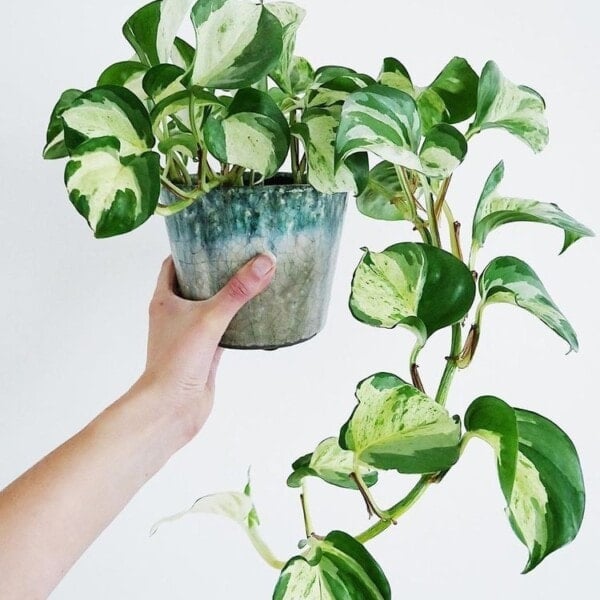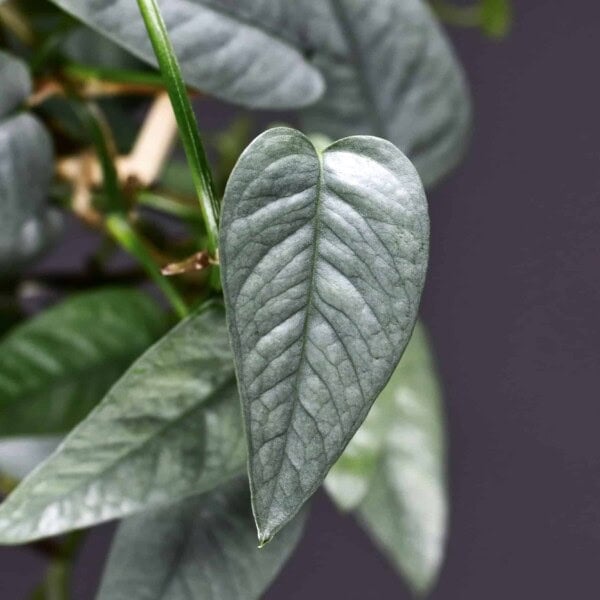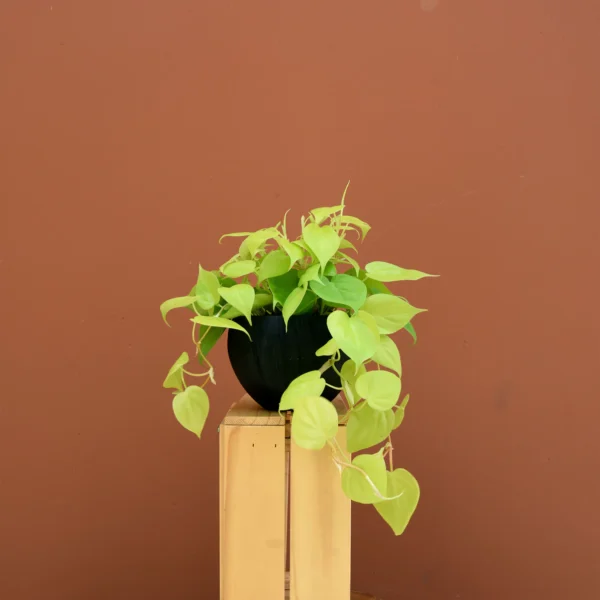As you guys know, I love to integrate houseplants into my home decor. Using faux plants—like this one—is a great option, but if possible I do like to integrate real plants too. There’s just something magical about bringing the outside in, that elevates a design every single time. Don’t sleep on plants guys. Especially the Snake Plant. They are beyond gorgeous and oh-so-easy to take care of. Yes, even you can do it. Yes you!
So it got me thinking about this indoor plant, often called the “mother-in-law’s tongue.” While some may know it by its scientific name (Sansevieria trifasciata), most will recognize this as the water snake plant. I have three!
This hardy plant can adapt to and even thrive in rougher environments. This makes getting one a good idea if you’re worried about accidentally killing your plants or even in low-light areas. Still, it’s important to learn how often to water snake plants.
Fortunately, you won’t have to figure things out on your own – I gotcha. Here are thevery best snake plant care tip & trick that I use to keep my babies thriving. Once you read through and learn the easiest way to make sure every snake plant need is met, you’ll be able to go out, purchase, and raise your own without worry.
Let’s start with the basics…
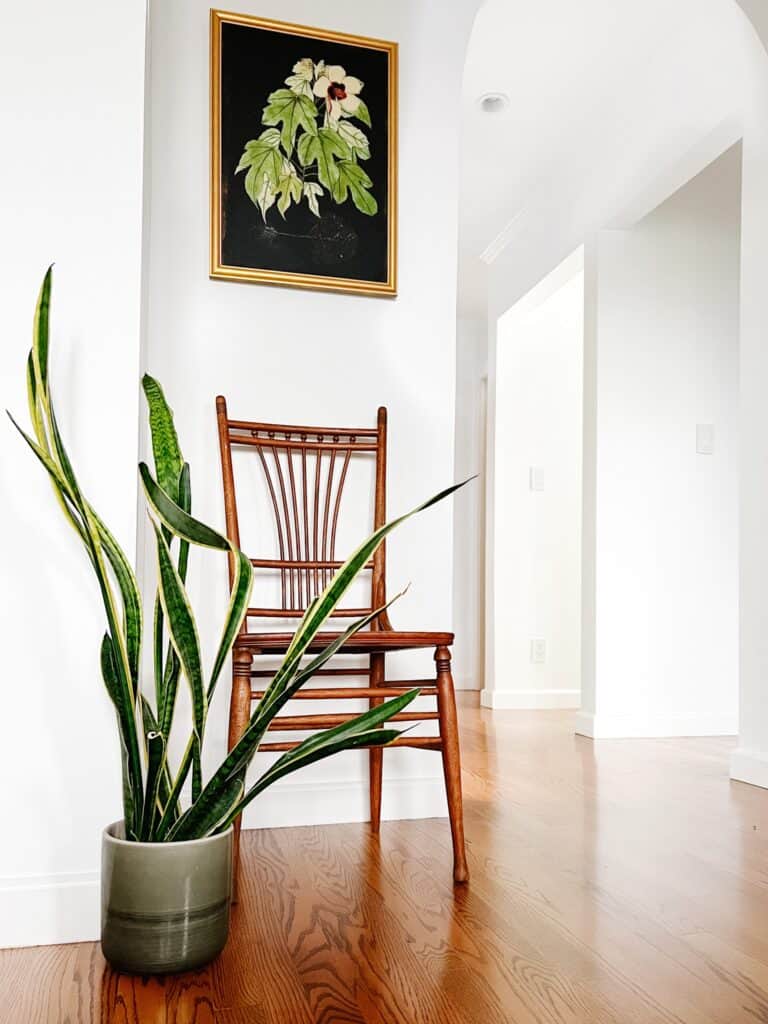
General Snake Plant Watering Requirements
Although these plants are commonly thought of as houseplants, they’re actually native to southern Africa. This works out well for you—as a plant parent—since this means they’re used to warm temperatures and require little water.
Watering these plants won’t require more than a little bit of water once a week. I give mine 2 cups a week and she is currently about 5 feet tall. Overwatering these plants is a real possibility, so you’ll want to avoid watering them daily. Too much moisture can cause root rot.
When you get a new plant, it will likely be small. Don’t be fooled though: if allowed to, this great plant can grow to impressive sizes that rival the size of other large houseplants (like this Ficus. Look how tall mine is.
Of course, not everyone will want a massive plant. As your plant grows larger, you can prune them to perfect its appearance and limit its height during the growing season, which usually falls in spring/summer. You should avoid pruning the plant during the off-season.
We’ll go over the specifics later in this article, but one great way to care for your snake plants is by bottom watering them (applying water below the base of the plant).
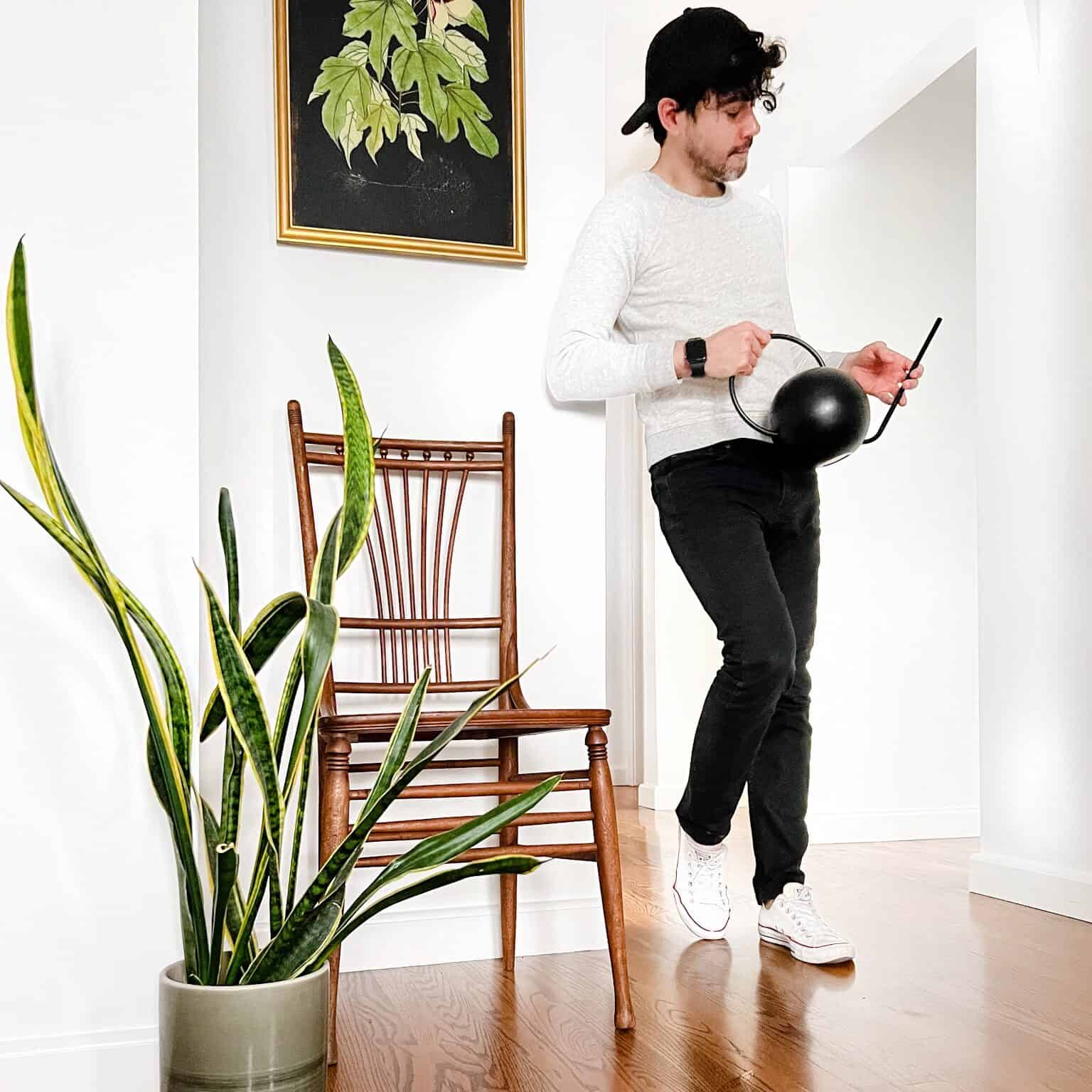
Pro tip: Tap water will work, but chlorine is not ideal for the perfect plant. Use purified water instead and watch your snake reach toward the sky – and quickly!
The Importance of Picking the Right Pot
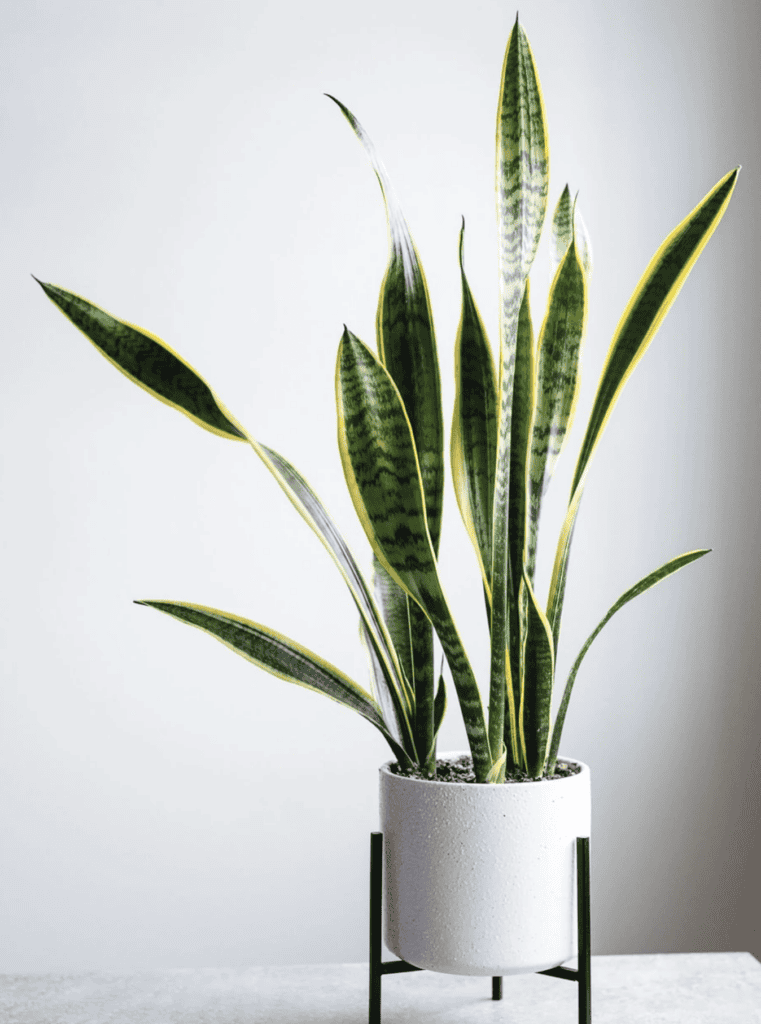
Now that you have a general idea of how often to water snake plants, you might be wondering what type of pot you should use. Does the pot size matter? Do you need drainage holes? I know, there’s a lot to consider. Here’s what you need to know.
First of all, yes, the pot size does matter: it’s very important! Ideally, you want a pot that has room for the plant to grow slightly.
However, you don’t want to use a vastly bigger pot—relative to the size of the plant—as doing so will allow the pot to store a lot of extra water. This is likely to cause overwatering as water gathers near the root ball! I like my pot to be 6 inches wider on either side of the original potting container than the snake plant base and be able to sit inside the pot at least 5 inches from the top.
These small pots are a great choice for smaller plants; later on, you might consider upgrading to this larger pot. You can even pair it with the 10-inch version of this plant stand to help prevent floor scratches!
Thankfully, you can minimize the risk of too much water not only by avoiding overly large pots for your plant, but also by choosing a pot with draining holes at the bottom of the pot. Place a plant saucer under the pot, as this will let the water drain without dripping excess onto the floor.
There are multiple types of pot materials you can choose from, but remember that the material will affect water retention. For example, a non-porous plastic pot will retain water extremely well, whereas a porous pot is likely to lose some moisture through evaporation.
Your choice of a pot will affect how often you’ll need to water your plant, but don’t overthink it.
Lastly, you’ll want to make sure the look of your pot fits in with the rest of your decor. If you’ll need to switch your current selection of wall art to match the pot, consider learning how to make your own instead.
Alternatively, most of the decor in this list of living room decorations is neutral enough to work with most plants. Still, if your current aesthetic involves more vivid colors, color compatibility is something to consider!
Comparing Soil Types
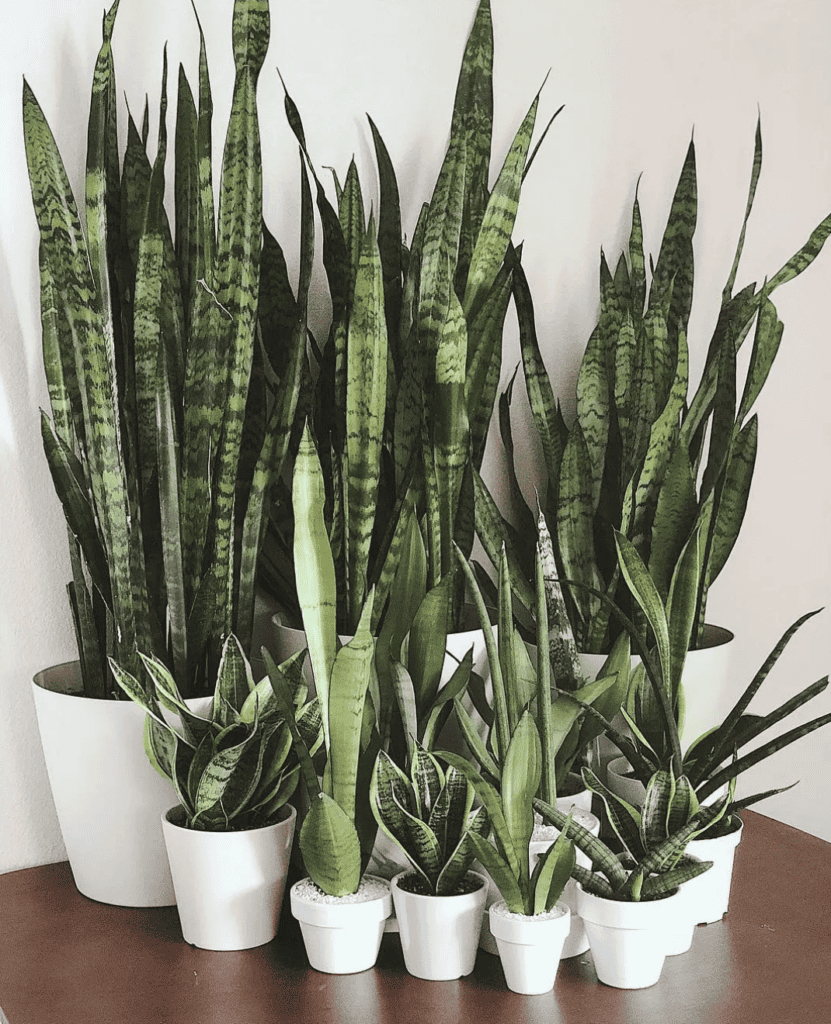
You’ve picked the perfect pot. Now it’s time to fill it up with soil, but what type to use? Well, so far, we’ve established that your choice of pot will determine how well the soil holds water. However, using different types of soil will affect how often to water snake plants.
I would advise against using regular potting mix as this is likely to cause excessive water buildup, eventually leading to root rot. Instead use a loose, well-draining soil like this cactus soil. Throw in some big stones at the bottom too. This prevents the roots from resting at the very bottom of the pot where moisture can collect.
Soil mixtures that contain sand are great as they allow for adequate drainage. Oddly enough, although—when taking care of snake plants—soil moisture is a concern for potted plants, snake plants can also be successfully grown in water alone – I know so crazy. More on this later.
Location Matters – Where to Place Your Snake Plant
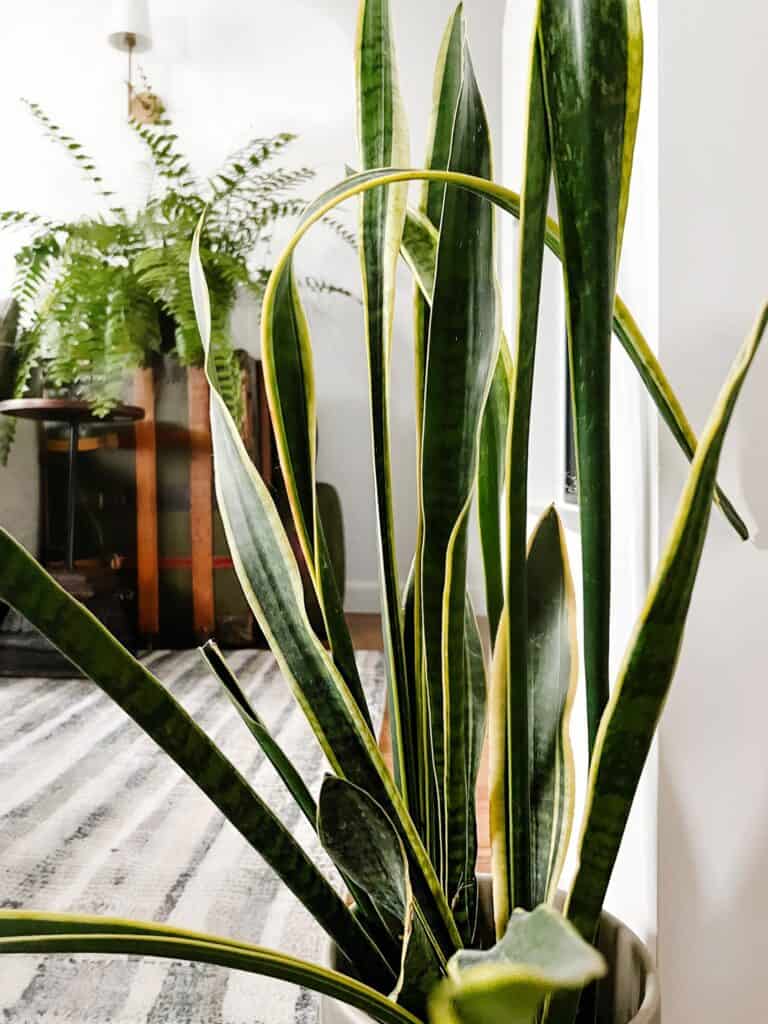
Another thing that affects how often to water snake plants is where you place them in your home. Depending on the temperature, humidity levels, and amount of light they’re receiving, your plant’s watering needs will change. Let’s take a closer look at each of these factors.
- Temperatures that are high for a long time will dry out the soil, requiring more frequent watering.
- Humidity levels that exceed the average will keep moisture in the soil, reducing the watering needs of your indoor snake plants.
- Lighting plays a big factor in the life of your indoor plants. While lighting will affect the speed at which the soil dries out, it also affects the speed your plant has new growth. These plants can grow in direct, bright light, but it’s not ideal. Neither is low light. Medium, non-direct sunlight is best. Consider placing them near a window and limiting sunlight exposure by using a pair of my favorite drapes.
At this point, some of you are probably wondering if you can successfully grow a snake plant in a room absent of any natural light. While interior lighting options like this pendant lamp may look amazing, unfortunately, they don’t provide much light for the plant.
It is possible to grow your snake plants completely indoors without any natural light, but it’s certainly not the best way to go about it. With that being said snake plants will grow in low light. I keep one in my walk-in closet.
Avoid Overwatering & Underwatering Your Plants
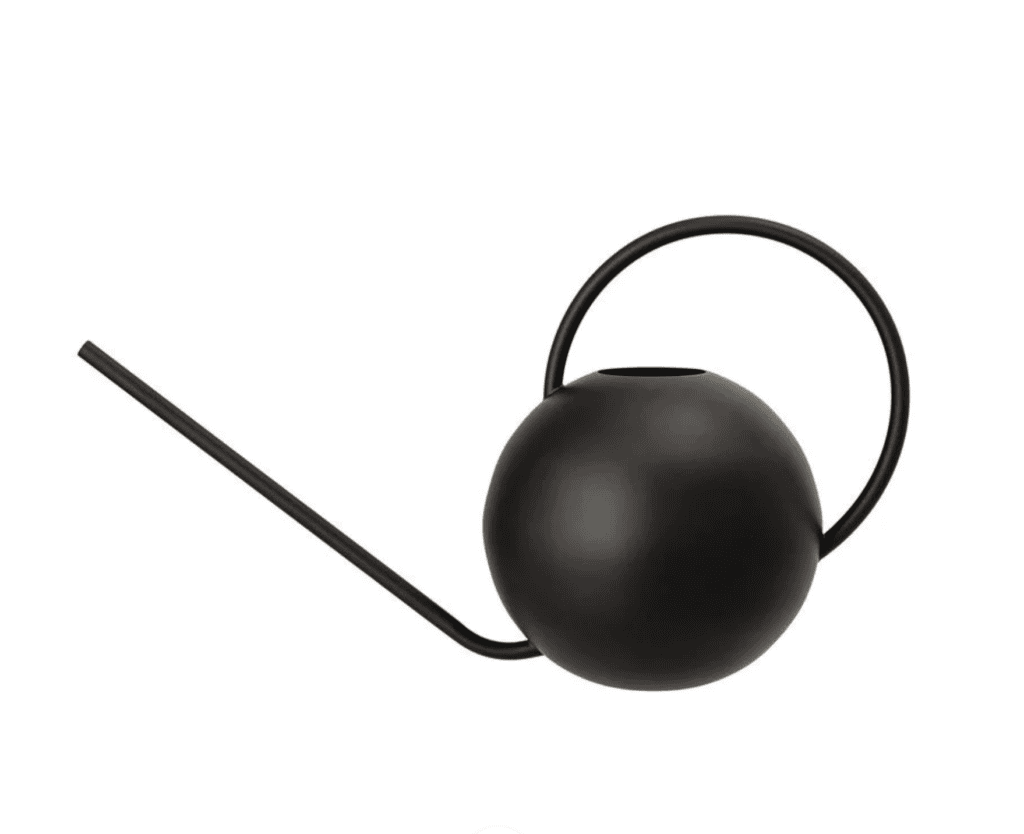
In general, infrequent waterings should be enough for these tough plants. Think once a week to ten days between watering. However, you may need to deviate slightly from this schedule depending on the factors listed above.
A plant that gets more light requires more water; a plant that gets less light requires less water.
There are two main things you want to avoid: excess water and not enough water. If your plant starts looking funky, it’s pretty easy to identify which issue your plant is having.
If you touch the surface of the soil and it just feels like dry soil, your plant probably isn’t getting as much water as it needs. This can generally be confirmed by the presence of wrinkled, curling, crunchy, brown, and/or falling leaves. Solve this right away before you get spider mites (or worse, your plant dies!).
An overwatered snake plant will display similar symptoms in terms of color change, but the leaves will likely feel mushy instead. You may also notice water buildup in the pot, browned roots, or mold on the soil. If you water snake plants too much, it can also cause all of the leaves—old and new alike—to fall off at the same time.
You can solve your overwatering issue simply by giving the plant less water. Remember, overwatering is easier to do in more humid areas (like this beautiful bathroom), so keep that in mind when setting your watering schedule.
Commonly Asked Questions about How Often to Water Snake Plants

How much water does snake plants need?
As succulents, snake plants don’t require a lot of water to stay healthy. You should only apply water until the pot begins to drain from the bottom; anything after this is excessive. Ideally, you want the soil to be damp, not bone-dry or completely saturated.
How long can a snake plant go without watering?
Two weeks is generally accepted as the maximum amount of time your snake plant can go without water.
What is the best way to water snake plants?
If possible, bottom watering—placing your plant’s pot in water and letting it soak through the holes on the bottom—is the best option. However, if your snake plant’s pot doesn’t have drainage holes, you can water it with a jug or spray bottle (taking care to avoid getting water on the leaves).
Should you mist snake plants?
No, misting these plants isn’t recommended as the extra water absorbed through the leaves can cause your snake plant to become overwatered!
Are snake plants good in the bathroom?
Yes, your snake plant will be just fine living its life in the bathroom!
Can I put snake plant just in water?
You actually can! That said, certain considerations must be taken into account. Check out this article to learn how to do it properly.
Are snake plants lethal to dogs?
Potentially, depending on how much of the plant your dog eats. You may want to avoid getting a snake plant if you do have a dog, as they are mildly toxic to dogs.
Snake Plants: A Simple Summary
Although there is a trick to getting things “just right,” snake plants are amazing because there is room for error. Even if you don’t have a green thumb, getting one of these decorative plants to grow is a fairly straightforward, minimal-effort task that even complete gardening beginners can do quite easily.
As long as they’re properly cared for, your snake plants can be used to decorate any part of your property. Smaller ones are perfect for adorning the vanity top in your bathroom, while mid-sized ones look amazing when placed next to a sofa (like this neutral-looking option!).
If your snake plant grows large enough, you may even need to take it outside. I recommend pairing these with some of my other DIY backyard ideas Well, only if you want to have the best-looking backyard in your neighborhood!
Whether you already had a snake plant or were simply looking for a house plant that’s easy to take care of, I hope you’ve learned something new from this article. With watering, potting, soil selection, and lightning knowledge under your belt, you’ll definitely know the answer the next time someone asks you “how often to water snake plants!”
As always, thanks for reading! Let me know about your favorite house plants in the comments below.


